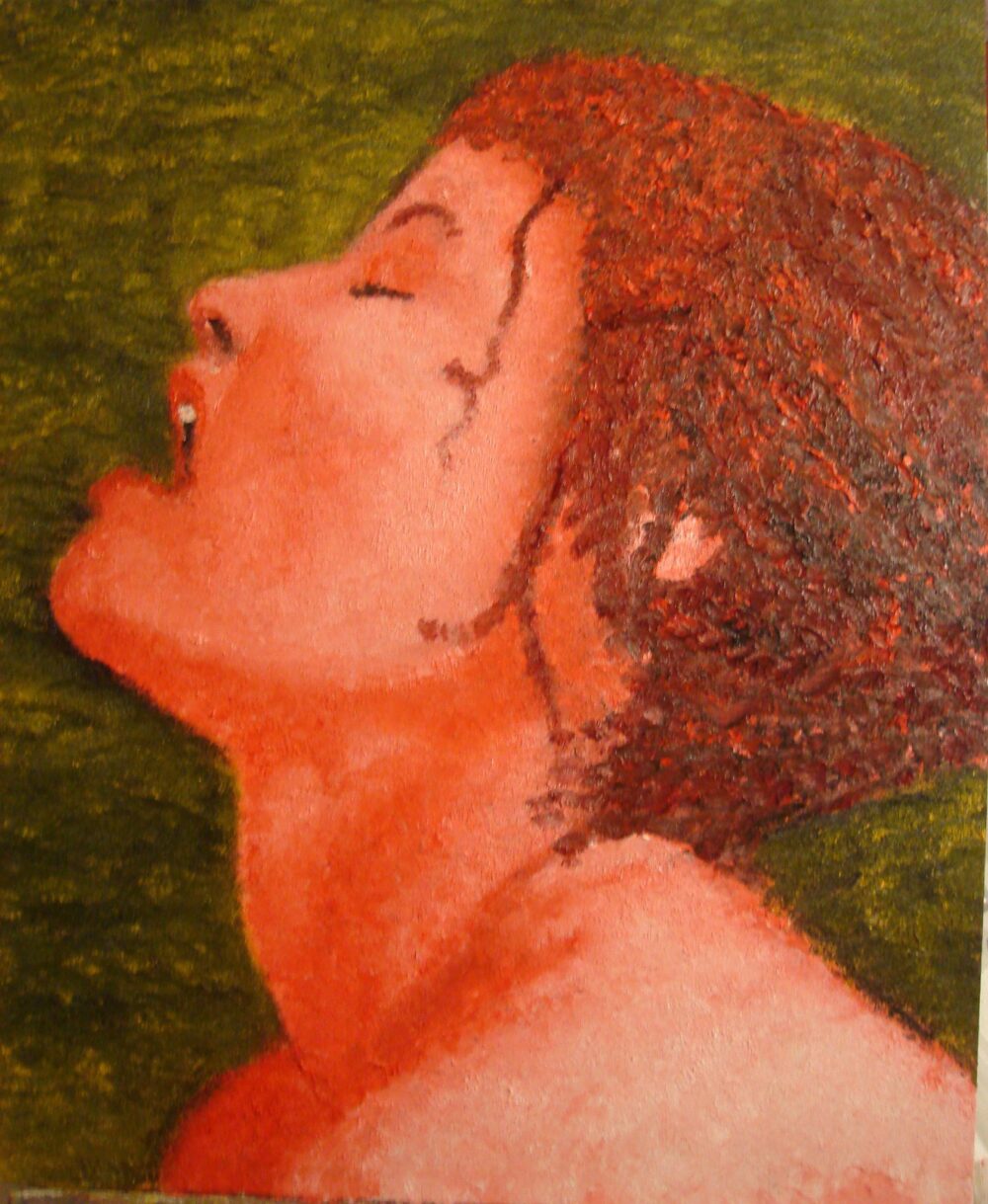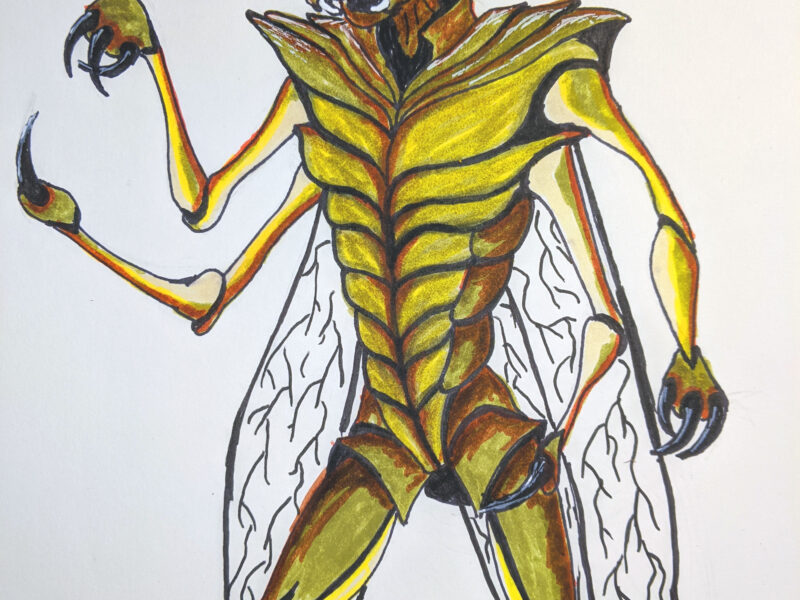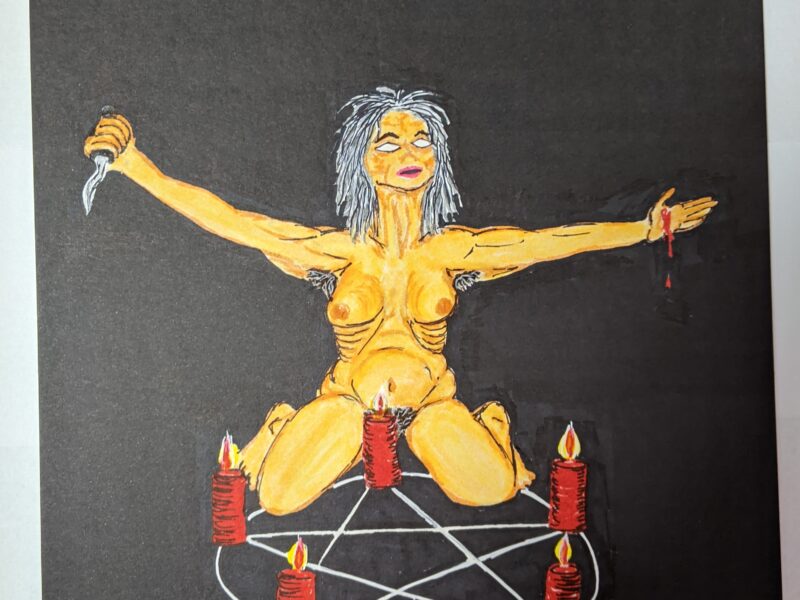20×24 Oil on Canvas board of a woman in the throws of passion.
This piece served a couple of purposes for me when I did it. I wanted to do something that was very sexual, without being graphic, and I wanted to work on painting with a smaller palette without giving up detail. I feel like both goals were well attained, and frankly this is probably the best oil painting I have ever done.
I don’t have a lot to add about this piece in particular so I will include a bit of history of eroticism in painting.
Eroticism in classical art, particularly in painting, is a fascinating subject that spans millennia and cultures. While the depiction of erotic themes varied greatly depending on the societal norms, religious beliefs, and artistic styles of different periods and regions, there are some overarching trends and noteworthy examples throughout history.
Ancient civilizations such as the Greeks and Romans celebrated the human body and sexuality in their art. In Greek art, for instance, the male form was idealized, often depicted in athletic or heroic poses in sculptures like the famous “Discus Thrower” or “Doryphoros” by Polykleitos. Erotic scenes were also depicted on pottery and in frescoes, particularly in places like Pompeii, where explicit depictions of sexual acts were found in private residences.
During the Renaissance in Europe, there was a revival of interest in classical art and culture, which also included a renewed appreciation for the human body and erotic themes. Artists like Titian, Giorgione, and Botticelli created works that explored themes of love, desire, and sensuality. Titian’s “Venus of Urbino” and Botticelli’s “The Birth of Venus” are both examples of paintings that celebrate female beauty and eroticism.
In the Baroque period, artists such as Peter Paul Rubens and Rembrandt continued to explore erotic themes, although often in a more subtle or allegorical manner. Rubens’ voluptuous female figures and sensuous compositions are particularly noteworthy in this regard.
The 19th century saw a resurgence of interest in classical antiquity, as well as a growing fascination with exoticism and orientalism. Artists like Eugène Delacroix and Jean-Auguste-Dominique Ingres depicted scenes with erotic undertones, often drawing inspiration from mythological or historical subjects.
In the modern era, artists like Gustav Klimt and Egon Schiele pushed the boundaries of eroticism in art, exploring themes of sexuality, desire, and intimacy in a more explicit and psychologically charged manner. Klimt’s “The Kiss” and Schiele’s self-portraits, which often featured contorted and expressive poses, are notable examples of this.
Throughout history, the depiction of eroticism in art has been influenced by a complex interplay of cultural, religious, and social factors. While some societies embraced and celebrated sexuality in art, others imposed strict censorship and moral codes. Despite these challenges, artists have continued to explore the theme of eroticism in painting, creating works that challenge and provoke viewers while also celebrating the beauty and complexity of human desire.



